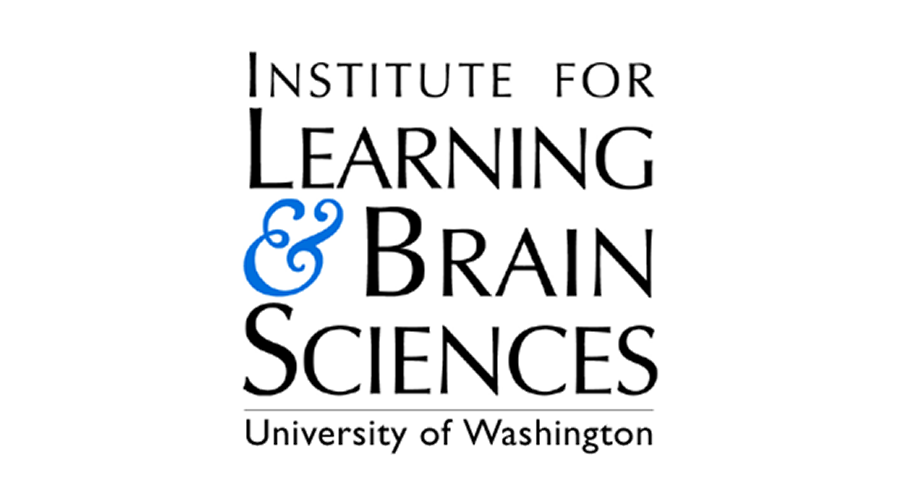HELSINKI, FINLAND (October 1st, 2020) – MEGIN is delighted to announce the sale of our fourth-generation technology, the TRIUX™ neo, to The Institute for Learning & Brain Sciences (I-LABS) of the University of Washington, USA. I-LABS is an interdisciplinary center dedicated to discovering the fundamental principles of human learning, with a special emphasis on early learning and brain development. I-LABS research initiatives advance the basic understanding of how, when, and why early learning occurs, with the goal of enhancing the lives of all children.
I-LABS, a long-term partner, will with this purchase now upgrade to the most advanced magnetoencephalography (MEG) technology, the TRIUX™ neo, having previously utilized the Elekta Neuromag® system. MEGIN is excited to support I-LABS’s further research development of infant neuroscience with this latest technology and delivering the device by January 2021.
I-LABS uses the MEG device and its ability to track neurons associated in milliseconds in the infant brain which aids the creation of a real-time visual map of brain activity in the infant population, furthermore observing how an infant’s brain develops over time. The team at I-LABS will explore the development of brain networks as they relate to childhood behavior in the population and use the MEG to develop new techniques for brain analysis integrating MRI, DTI (diffusion tensor imaging) and MEG resulting in real time maps.
In addition, MEGIN’s TRIUX™ neo will also be utilized to view what brain structures and brain networks are utilized in infants as they interact with another individual, like the mother, co-registering the baby’s MEG with the mother’s EEG brain signals.
MEGIN and I-LABS are equally pleased to establish a strategic research partnership between the parties. This will enable both organizations to continue their long-standing relationship and further support MEGIN’s TRIUX™ neo software and hardware developments resulting from research and projects conducted by I-LABS. This will form an integral part of MEGIN’s research and product development roadmap.
“I-LABS is excited and energized by our new relationship with MEGIN. The new MEGIN TRIUX neo machine will allow advanced signal analysis and improved signal-to-noise, which matters greatly as we tackle questions related to what are arguably the most fascinating and difficult participants, infants and young children. Brain development, and its links to infants’ behaviour and skills, is a new frontier in neuroscience and the stakes are high. Working with MEGIN, we hope to advance the field and openly share these advancements with others.” – Patricia Kuhl, Co-Director, Institute for Learning & Brain Sciences (I-LABS).
“We’re delighted to continue our partnership with I-LABS and to be able to upgrade this significant research facility to our latest state-of-the-art MEG technology. We are pleased that our technology will continue to be a part of these important research initiatives going forward and we are able to collaborate on further product development with such an innovative team at I-LABS.” – John Fulford, Managing Director, MEGIN.
About MEGIN
MEGIN is a neuroscience technology company based in Helsinki, Finland. The company is focused on developing innovative solutions for functional brain mapping for the presurgical evaluation of epilepsy, brain tumours or other lesions of the brain. For over 30 years, MEGIN has been the global leader in magnetoencephalography (MEG) technology, and in 2018 launched the fourth-generation MEG system, TRIUX™ neo. The TRIUX neo provides a non-invasive, real time view of patient specific neural activity with millimeter accuracy and millisecond resolution and provides the most precise information currently available on the market today.
*Copyright 2020 © MEGIN – TRIUX neo is available for sale in the European Union, Japan, Canada, the United States, as well as certain other countries. In other geographical areas, contact your local MEGIN representative. TRIUX™ neo is approved for use to non-invasively localize regions of epileptic activity within the brain and, in conjunction with other diagnostic data, in neurosurgical planning. All other applications are research in nature.
Media Contact

